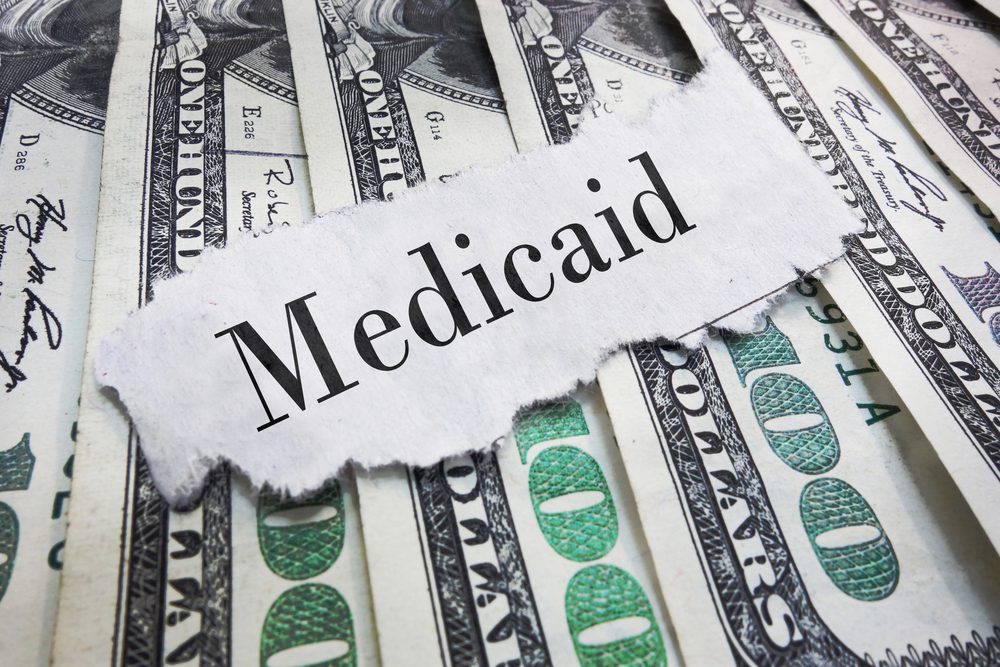
Studio portrait of Sid Salter. (photo by Beth Wynn / © Mississippi State University)
By: Sid Salter
State voters in 2019 chose a new governor, lieutenant governor, secretary of state, attorney general, and state treasurer along with significant turnover in both the state House and Senate.
There will be new state agency leadership and the legislative committee system will see a substantial reshuffling of the deck in terms of committee chairmen.
All that new political horsepower will be tested quickly. Mississippi’s new executive branch leadership and the Mississippi Legislature face some unavoidable challenges that will prove daunting – and are not problems of their creation.
The Baby Boom Generation is marching toward significant consumption of resources in terms of public health care and public employee retirement benefits. Clearly, Social Security and Medicare are federal programs, but Mississippi taxpayers are at least partially on the hook for state public employee retirement benefits and for a fraction of Medicaid benefits.
What’s the scope of the problem? In 1946 after the conclusion of World War II, the U.S. birth rate jumped from 2.5 million annually to 3.4 million and that pace increased for the next few decades. The birth rate peaked between 1957 and 1961 with 4.3 million births annually.
That increased birth rate from 1946 to 1964 produced 76 million Boomers today. Since 2011 (1,946 plus 65 equals 2,011), every single day more than 10,000 Baby Boomers reach age 65 – and that growth will continue each day until the end of 2030. All 78 million in the U.S. are legally entitled to Social Security and Medicare.
Mississippi’s current population is 2.97 million and some 474,475 of those citizens are over age 65. That number is projected to increase significantly between now and 2030.
Medicaid or public health care for Mississippi’s poor, working poor, uninsured or underinsured is primarily a federal program that is combined with state revenues. When it comes to the provision of health care for the poor, the elderly, the disabled, and children, taxpayers will continue to pick up most of the tab. The only real mystery is whether the lion’s share of those costs is borne by federal, state or local taxpayers or – and this is the more likely outcome – a combination of all three with varying percentages of responsibility.
The Mississippi Hospital Association has since last year pitched their “Mississippi Cares” proposal to expand Medicaid roughly along the lines of the plan adopted in Indiana when GOP Vice President Mike Pence was governor of the Hoosier State.
MHA officials claim the plan would cover hundreds of thousands of the state’s uninsured residents and thereby bolster rural hospitals that are now in dire fiscal straits. The proposal would offer coverage to roughly 300,000 low-income Mississippians, including those who can’t currently qualify for Medicaid.
For Republicans, Medicaid expansion was a radioactive topic during the 2019 elections except for incoming Lt. Gov. Delbert Hosemann, who didn’t formally embrace the MHA plan but spoke favorably on the campaign trail about the Arkansas plan. Since the election, Gov.-Elect Tate Reeves doubled down on his opposition to any Medicaid expansion.
Another critical issue facing Mississippi is the public pension crisis. Mississippi’s Public Employee Retirement System (PERS) is a system of retirement plans covering all public employees including public school teachers, the state Highway Safety Patrol, municipal employees and state legislators.
Revenue for the PERS system comes from three primary sources: investment income, employer contributions (paid by the taxpayers) and employee contributions (deducted from the pay of state employees participating in the PERS plans).
Right now, the retirement system has a $17.6 billion unfunded liability, meaning the contributions of state and municipal employees and income from the plan’s investments aren’t enough to cover present and future benefits for retirees. The system is funded to just under 61 percent.











